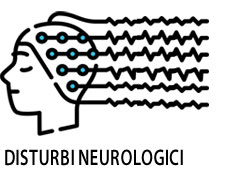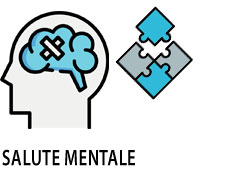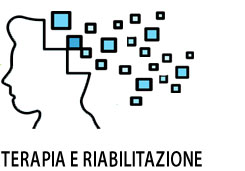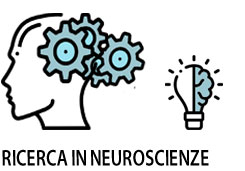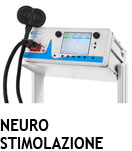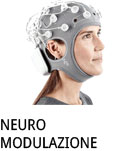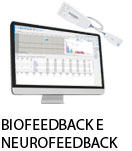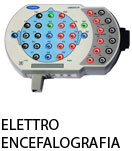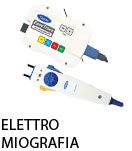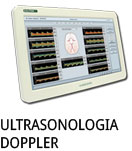- +39 011 5821948
- info@geasoluzioni.it
- Lun - Ven 8:00 - 17:30
Safety and tolerability of transcranial magnetic and direct current stimulation in children: Prospective single center evidence from 3.5 million stimulations
- Abstract:
- Background: Non-invasive brain stimulation is being increasingly used to interrogate neurophysiology and modulate brain function. Despite the high scientific and therapeutic potential of non-invasive brain stimulation, experience in the developing brain has been limited. Objective: To determine the safety and tolerability of non-invasive neurostimulation in children across diverse modalities of stimulation and pediatric populations. Methods: A non-invasive brain stimulation program was established in 2008 at our pediatric, academic institution. Multi-disciplinary neurophysiological studies included single- and paired-pulse Transcranial Magnetic Stimulation (TMS) methods. Motor mapping employed robotic TMS. Interventional trials included repetitive TMS (rTMS) and transcranial direct current stimulation (tDCS). Standardized safety and tolerability measures were completed prospectively by all participants. Results: Over 10 years, 384 children underwent brain stimulation (median 13 years, range 0.8–18.0). Populations included typical development (n = 118), perinatal stroke/cerebral palsy (n = 101), mild traumatic brain injury (n = 121) neuropsychiatric disorders (n = 37), and other (n = 7). No serious adverse events occurred. Drop-outs were rare (<1%). No seizures were reported despite >100 participants having brain injuries and/or epilepsy. Tolerability between single and paired-pulse TMS (542340 stimulations) and rTMS (3.0 million stimulations) was comparable and favourable. TMS-related headache was more common in perinatal stroke (40%) than healthy participants (13%) but was mild and self-limiting. Tolerability improved over time with side-effect frequency decreasing by >50%. Robotic TMS motor mapping was well-tolerated though neck pain was more common than with manual TMS (33% vs 3%). Across 612 tDCS sessions including 92 children, tolerability was favourable with mild itching/tingling reported in 37%. Conclusions: Standard non-invasive brain stimulation paradigms are safe and well-tolerated in children and should be considered minimal risk. Advancement of applications in the developing brain are warranted. A new and improved pediatric NIBS safety and tolerability form is included.
- Patologie/Applicazioni:
- Anno:
- 2019
- Tipo di pubblicazione:
- Articolo
- Parola chiave:
- stimolazione magnetica transcranica; TMS; stimolazione elettrica transcranica; tES; HD-tDCS; bambini; sicurezza; tollerabilità
- Testata scientifica:
- Brain Stimulation
- Nota:
- Lo scopo dello studio è determinare la sicurezza e la tollerabilità della neurostimolazione non invasiva NIBS nei bambini attraverso diverse modalità di stimolazione (TMS e tDCS) e popolazioni pediatriche. Le evidenze dimostrano che: Non si sono verificati eventi avversi gravi durante TMS o tDCS nei bambini. Tutte le modalità NIBS sono state favorevolmente tollerate. La tollerabilità è migliorata nel tempo con la diminuzione della frequenza degli effetti collaterali.
- DOI:
- doi.org/10.1016/j.brs.2019.12.025
Hits: 1084
La nostra storia
GEA soluzioni si affaccia nel 2013 al mercato della strumentazione medicale di alto livello tecnologico ma la sua storia parte da più lontano, clicca qui per approfondire.
GEA SOLUZIONI SRL
via Issiglio 95/10, Torino
Tel.: 011 5821948 / 011 4463853
Fax: 011 0433281
Email: info @ geasoluzioni.it
P. IVA IT11696920013
REA TO1233648

